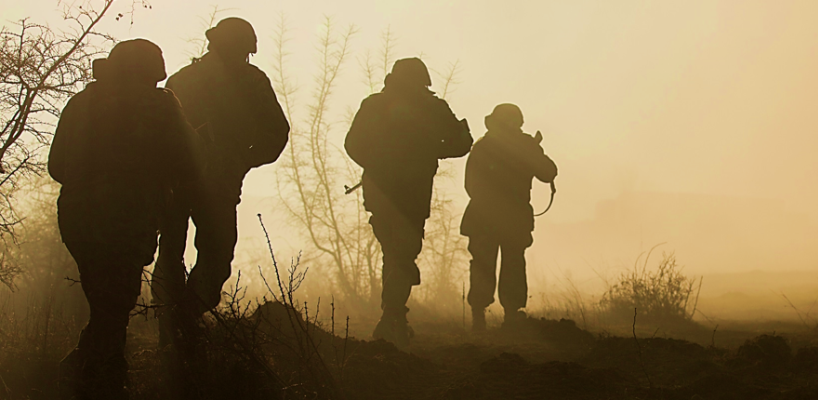Three months ago, the Department of Defense announced it would open all remaining combat positions to women.
As the branches begin to incorporate women into combat, Defense Secretary Ash Carter issued seven guidelines. As a practical matter, how will the services tackle the course of integration? Below is an abridged version of Secretary Carter’s directorates, as laid out in his article, “Moving Out on Women-in-Service,” in Medium.
Transparent Standards
Services will continue to apply transparent and objective standards to ensure leaders assign tasks, jobs, and career fields throughout the force based on ability, not gender. The services have been able to leverage data they gathered over three years’ worth of studies to make their standards up-to-date and operationally relevant. All standards will be set and informed by real-world operational requirements, and experiences gained over the last decade and a half of war in Iraq and Afghanistan.
Population Size
The fact that the military is holding everyone to the same high standards may mean that, in some cases, equal opportunity may not always equate to equal participation. This will help ensure that women officers play a key leadership role, set the right example, and enhance teamwork wherever possible.
Talent Management
Integration provides equal opportunity for men and women who can perform the tasks required; it does not guarantee women will be promoted at any specific number or at any set rate, as adherence to a merit-based system must continue to be paramount.
Physical Demands and Physiological Differences
On average, there tend to be physical and other physiological differences between men and women. Accordingly, all the services have looked closely at ways to mitigate the potential for higher injury rates among women, and they’ve come up with creative methods to address this. For example, the Army intends to give all new recruits what they call an occupational physical assessment test, the results of which will help better match the recruits with jobs they either are, or with training could be, physically capable of doing. As we gain new insights as more women integrate into previously-closed positions, all the services will leverage that information to develop new approaches to reduce the potential for higher injury rates
Operating Abroad
While the U.S. is committed to using our entire population to the fullest , not all nations share this perspective. Our soldiers, sailors, airmen, and Marines have long dealt with this reality, notably over the last 15 years in Iraq and Afghanistan, and because of this, the military services have many lessons to draw on when it comes to operating in areas where there is cultural resistance to working with women
Conduct and Culture
Attitudes toward team performance will be enhanced with education and training, including making clear that sexual assault or harassment, hazing, and unprofessional behaviors are never acceptable, and that everyone must be treated with the dignity and respect they deserve. The services will be using new educational resources to train everyone up and down the ranks to prepare for the integration of women, from the newest recruits to four-star admirals and generals.
Assessment and Adjustment
DoD will embark on integration with a commitment to the monitoring, assessment, and in-stride adjustment that enables sustainable success. One example is U.S. Special Operations Command, which will continually measure and track a variety of categories for its personnel — including physical performance, injury rates, health, promotion, qualifications, and retention — to assess how integrating women into special operations forces can be further improved over time.




